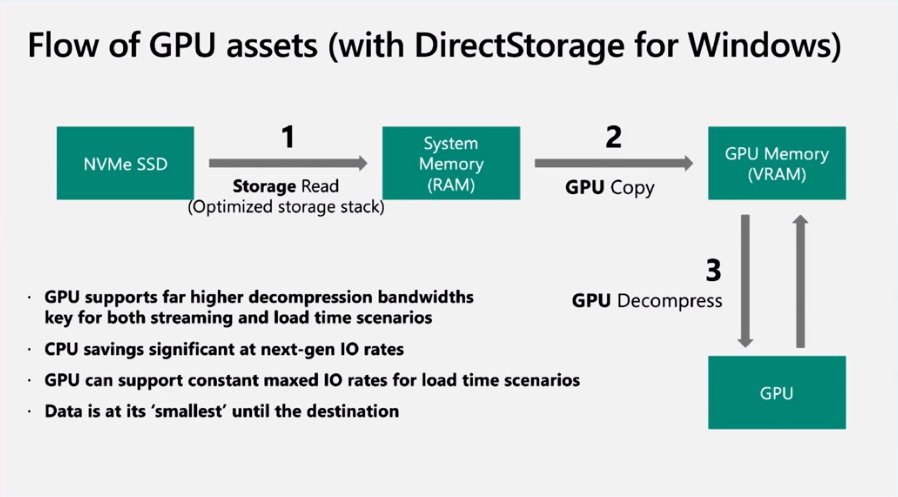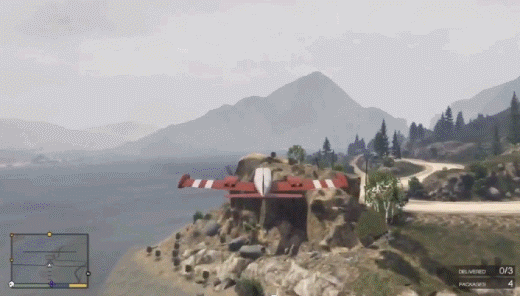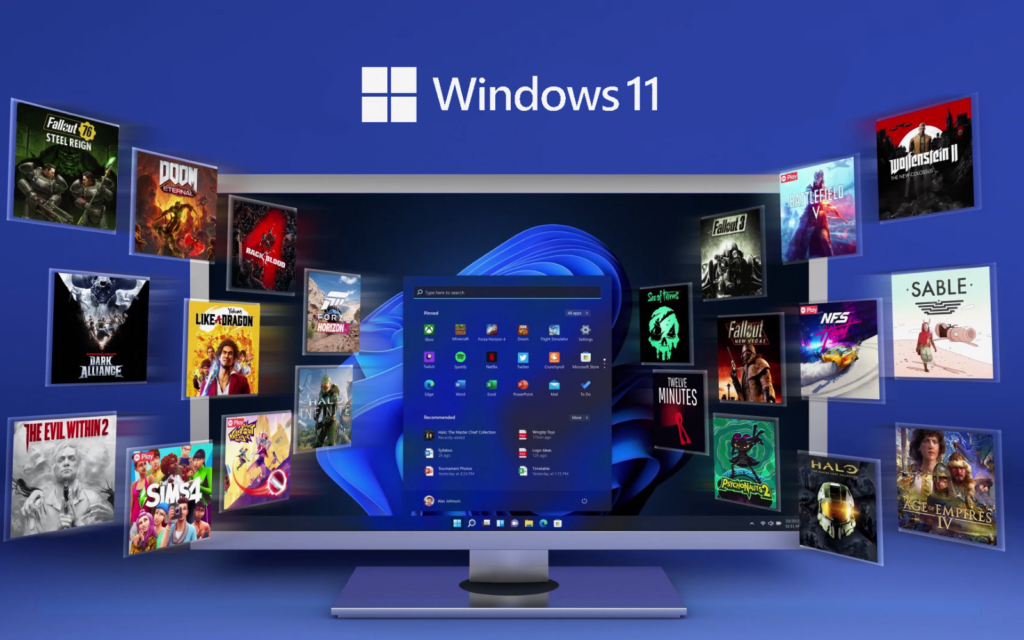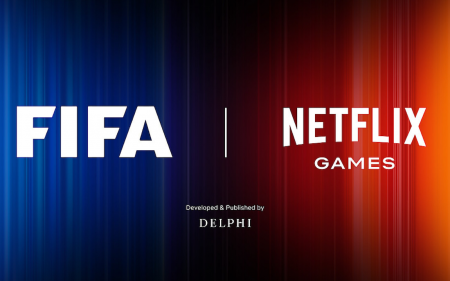Microsoft has now made its DirectStorage API available to everyone. This new(ish) tech means that games, especially those that use high-res textures or sprawling open-world environments, will load much faster.
The process involves taking some of the file compression and decompression tasks that the CPU usually has to deal with, and giving them to the GPU. The GPU is much better suited to handle those kinds of things anyway. That’s why bitcoin miners like them so much.
DirectStorage make games go brrrr now?
It’ll be some time before we see it used in games to improve load times. The SDK was only just released so game developers need a bit of time to implement it. Some, like Forspoken, are even delaying a release so they can give gamers a polished game. We hope EA and CD Projekt RED investors are taking notes. For the rest, it might be a little hard to do retroactively. We’d expect to mostly see future games making use of the tech.
If you’re feeling extra nerdy today, here’s a quick breakdown of how it works. DirectStorage will allow PCs using NVMe SSDs to leverage the increased bandwidth that they offer over hard disk drives and older 2.5in SATA SSDs.

Instead of sending compressed game textures to the CPU for decompression, DirectStorage allows the GPU to decompress the files. The bandwidth between an NVMe drive and the GPU is much larger than the bandwidth to the CPU so everything happens a lot faster. Or, at least that’s the idea anyway.
So what?
What all this means for PC gamers is that they might enjoy speedy load times and little to no texture or asset pop-in (which is illustrated below).

Microsoft said DirectStorage will be made available for both Windows 10 and Windows 11 but, obviously wants as many people as possible to switch to the latest version. We expect to hear about more games using the tech at the Game Developers Conference on 22 March 2022.
Source: The Verge




